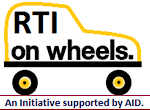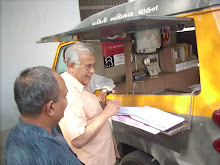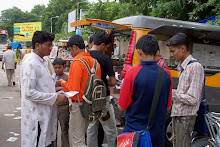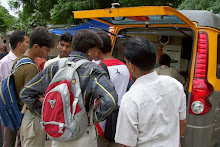Economic
Times: New Delhi: Tuesday, 04 August 2015.
When
earthquakes, floods, cloudbursts or natural calamities devastate a state and
uproot people, what does the affected region need? Funds for rehabilitation,
you would think. However, official data reveals that even after more than a
decade, states have not spent all the money that's been pledged.
Call it a
problem of plenty or a sheer lackadaisical attitude states haven't identified
rehabilitation work and used the funds given by concerned lawmakers.
ET filed an
application under the Right to Information ( RTI) Act and found that after
every natural calamity of "severe nature," parliamentarians pledge
funds for rehabilitation that remain unutilised for several years. These funds
are advanced under the Members of Parliament Local Area Development Scheme
(MPLADS).
According to
the MPLADS norms, MPs can recommend up to Rs 1 crore for rehabilitation in the
event of a calamity of "severe nature". The first time MPs committed
funds for rehabilitation was after the 2001 Gujarat quake. Data provided by the
Ministry of Statistics and Programme Implementation, the nodal ministry keeping
track of these funds, reveals that even after 14 years, all the funds have not
been used. Of the Rs 250 crore committed by MPs, Rs 99 crore, or about 40%, has
been used up.
Since the
Gujarat earthquake, MPLADS funds have also been pledged for the tsunami (2004),
Kosi floods (2008), Cyclone Aila in West Bengal (2009), cloudburst in Leh
(2010), earthquake in Darjeeling (2011), Sikkim earthquake (2011), Uttarakhand
disaster (2013) and floods in J&K(2014).
ET view
There is
something downright unholy about disaster relief being crippled not by any
shortage of funds but by funds left unutilised. This shows apathy of disastrous
proportions. Any rehabilitation package or relief scheme must come with a
progress report that includes fund targets and whether they have reached their
destinations. Information technology must be used to track the trajectory of
these funds, making it possible to reallocate them transparently. To have
relief money rot is a scandal that has to be fixed retrospectively as well as
before another natural calamity.














































































